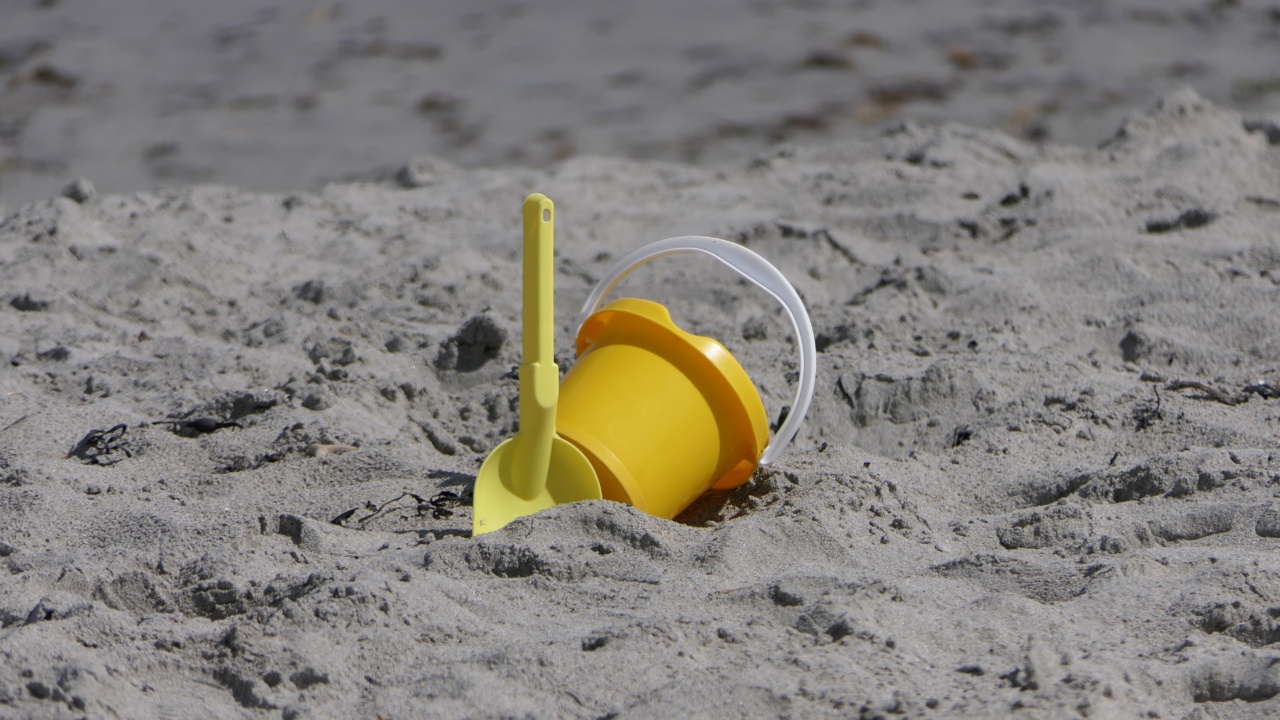Asthma is a chronic respiratory disease that affects people of all ages, including children. It is a condition in which the airways become inflamed and narrow, making it difficult to breathe.
Viral infections, such as colds and flu, can trigger asthma symptoms in children. In this comprehensive guide, we will explore everything parents need to know about child asthma and viral infections, including its triggers, symptoms, treatment options, and prevention measures.
What is Child Asthma?
Asthma is a chronic respiratory disease that causes inflammation and narrowing of the airways. It affects the airways that carry air in and out of the lungs.
When the airways become inflamed and narrowed, it becomes challenging for air to pass through them. This can cause asthma symptoms like coughing, wheezing, chest tightness, and shortness of breath.
Symptoms of Child Asthma
Asthma symptoms in children can vary from mild to severe and can differ from child to child. Some common symptoms of child asthma include:.
- Coughing, especially at night or early morning
- Wheezing
- Chest tightness
- Shortness of breath
- Rapid breathing
- Difficulty breathing
Triggers of Child Asthma
Child asthma can be triggered by various factors, including:.
- Allergies to dust mites, pollen, pets, and mold
- Respiratory infections like cold, flu, and pneumonia
- Physical activity
- Emotional stress
- Smoke, including tobacco smoke and wood smoke from fireplaces and stoves
- Changes in temperature or humidity
Asthma and Viral Infections in Children
Children who have asthma are more likely to develop viral respiratory infections, such as colds, flu, and bronchiolitis. These infections can cause inflammation of the airways, leading to asthma symptoms.
Viral infections are the most common triggers of asthma symptoms in children.
Preventing Viral Infections in Children with Asthma
Preventing viral infections is crucial for children with asthma. Parents can take several measures to reduce the risk of viral infections in their children, including:.
- Practicing good hygiene, such as washing hands regularly with soap and water
- Avoiding contact with people who have respiratory infections
- Encouraging children to cover their mouth and nose when they cough or sneeze
- Keeping the child’s environment clean, including surfaces and toys
- Encouraging the child to drink plenty of fluids to stay hydrated
Asthma Treatment Options
Asthma treatment for children depends on the severity of their symptoms and the frequency of their asthma attacks. The primary goal of asthma treatment is to control symptoms, prevent asthma attacks, and improve the child’s breathing.
Some common asthma treatment options include:.
- Inhaled bronchodilators to help open airways
- Inhaled corticosteroids to reduce airway inflammation
- Leukotriene modifiers to prevent inflammation and swelling of the airways
- Immunomodulators to reduce inflammation in the airways
- Rescue inhalers to alleviate sudden asthma symptoms
Conclusion
Child asthma is a chronic respiratory disease that can cause various symptoms, such as coughing, wheezing, chest tightness, and shortness of breath. Viral infections, such as colds and flu, are the most common triggers of asthma symptoms in children.
Parents can take measures to prevent viral infections in their children, such as practicing good hygiene and keeping the child’s environment clean. Various asthma treatment options are available for children, depending on the severity of their symptoms. It is essential to work with a healthcare provider to develop a personalized asthma management plan for your child.





























